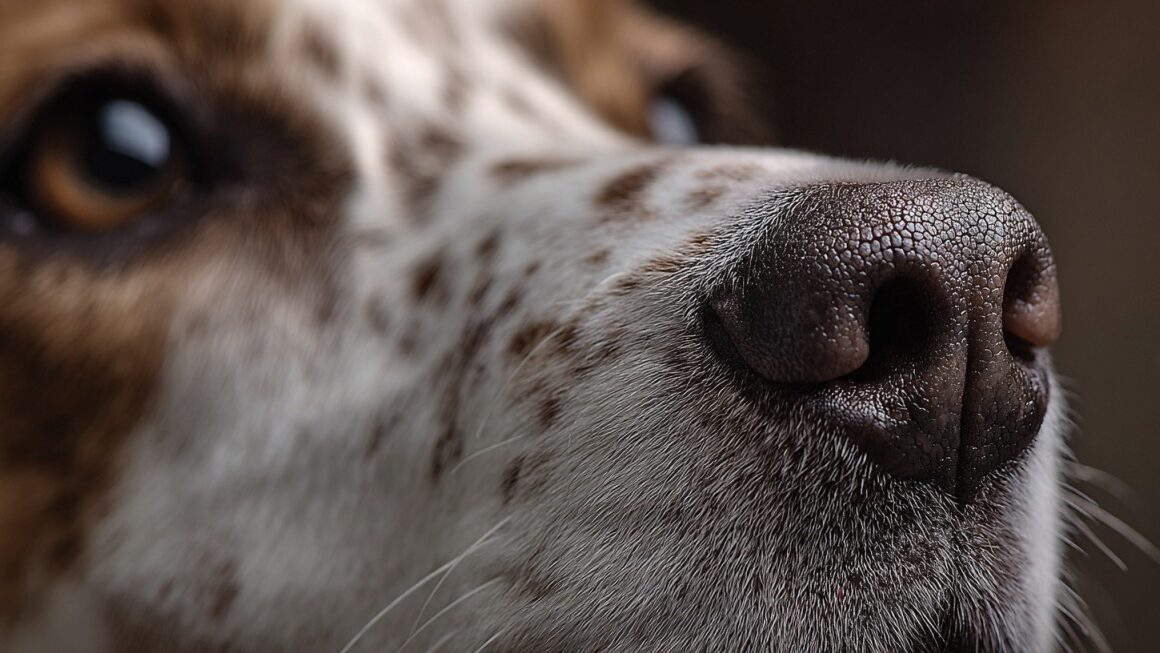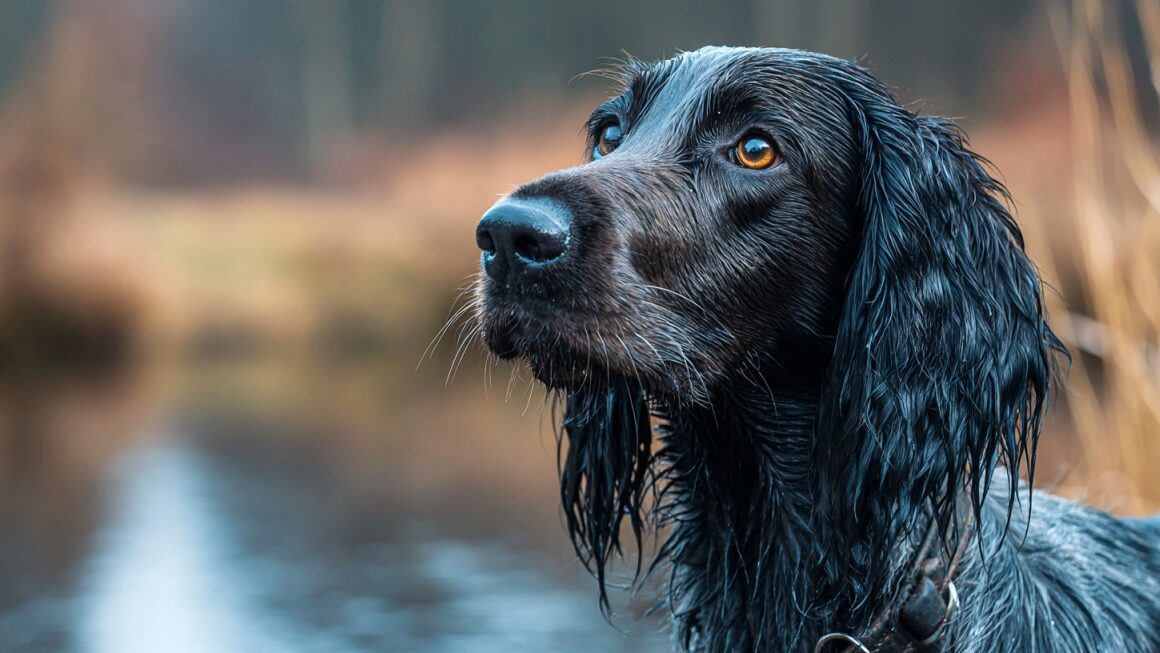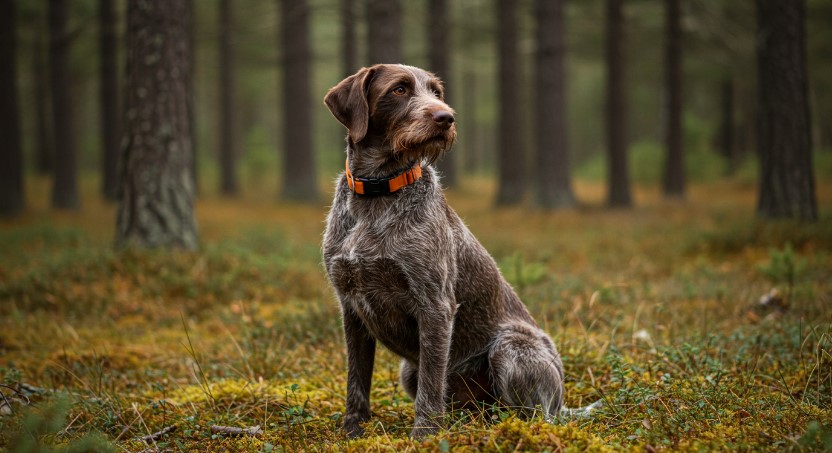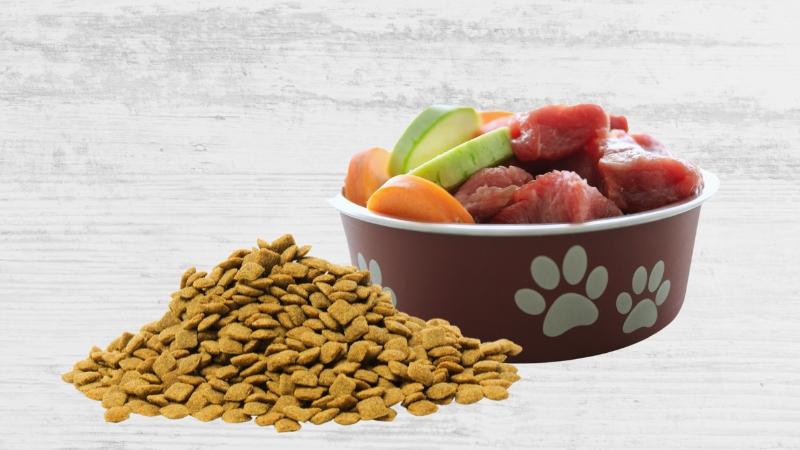A dog’s nose is an incredible tool, with nearly forty times more scent-processing brain tissue compared to humans.
Such a biological advantage allows dogs to detect odors at levels far beyond human capacity, making them valuable partners in hunting and scent-based work.
Scent conditioning develops this natural talent into a refined skill, ensuring that a dog can distinguish target odors under real-world conditions.
Scent training is not only about performance but also provides mental stimulation, reduces stress, and strengthens teamwork between dog and handler. Handlers ranging from first-time hunting dog owners to seasoned competitors benefit when their canine partners are properly conditioned for scent detection.
A structured training approach ensures results while keeping the process enjoyable and rewarding for both sides.
The Foundations of Scent Conditioning
Strong motivation forms the first layer of scent conditioning. Each dog shows its own preferences, so finding what excites an individual is crucial. Food rewards, tug toys, or praise may all act as strong motivators, but one option usually shines brighter for each dog.
- Food rewards: high-value treats, bits of meat, or favorite snacks
- Toys: tug ropes, balls, or squeakers
- Play: quick games as rewards after correct behavior
Once motivation is established, training sessions should channel drive toward nose-led tasks. Dogs that learn to view searching as the reward itself develop greater independence and reliability. Enthusiasm becomes the fuel for consistency, leading to stronger performance during hunts or structured competitions.
Daily enrichment also plays a critical role. Walks should not be rushed but instead treated as opportunities for dogs to sniff, investigate, and analyze their environment. Known as “sniffaris,” these sessions provide mental exercise equal to physical workouts.
- Encourages natural problem-solving
- Builds confidence in scent detection
- Offers relaxation while maintaining focus
Simple games at home further sharpen skills. Hiding treats under cups, creating food trails, or scattering kibble across the yard transforms an ordinary day into a training opportunity. By making scent work playful, handlers reduce pressure while building long-term engagement.
Pre-Training Basics
Preparing for scent conditioning begins with the right setup and a structured approach. Dogs learn most effectively when the environment is consistent, the tools are reliable, and the handler maintains clear communication.
Pre-training lays the groundwork that allows more advanced exercises to flow smoothly.
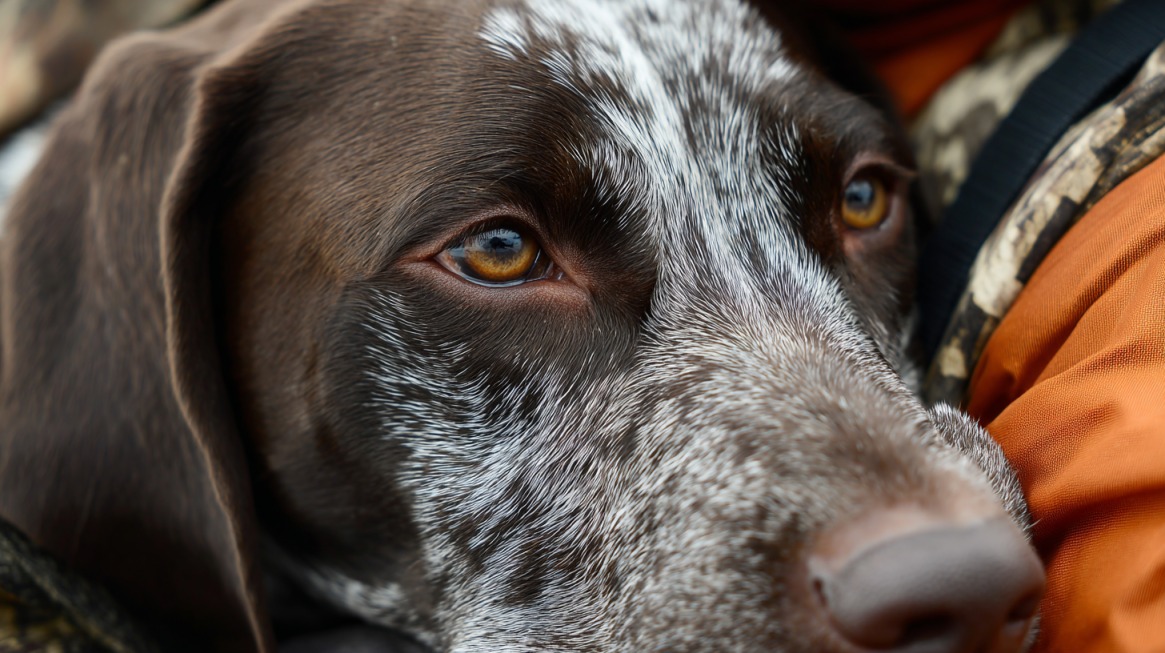
Equipment and Setup
Before introducing scents, handlers should gather the necessary tools. Odor kits are often the starting point, using essential oils such as birch, clove, or anise.
These scents are strong, distinct, and safe when prepared properly, making them perfect for early imprinting work.
Containers help deliver odors in a controlled way. Small tins with holes, cotton swabs dipped in oil, or small jars prevent direct contact while keeping the scent accessible to the dog. Such items ensure consistent odor presentation without overwhelming the dog’s nose or creating contamination.
- Odor kits: birch, clove, anise
- Containers: metal tins, glass jars, plastic boxes, cotton swabs
- Rewards: high-value food, favorite toys, or short play sessions
- Markers: clicker or consistent verbal cues such as “yes”
Investing in quality tools early prevents frustration later. By creating a reliable training environment, handlers help the dog understand expectations faster and with greater confidence.
Conditioning to the Clicker
Marker training, often using a clicker, is one of the most powerful ways to shape behavior. The click acts as a bridge between the exact moment a dog performs the desired action and the delivery of the reward. Timing is everything: the sound must occur at the precise second the dog interacts with or identifies the scent.
At first, the clicker itself must be conditioned. Handlers begin by clicking and immediately giving a reward, repeating until the dog learns that the sound predicts something positive. Once the dog makes this association, the clicker becomes a clear signal that helps shape behaviors with accuracy.
- Step 1: Click and reward repeatedly until the dog links sound with treat
- Step 2: Introduce the scent source, marking any interaction with a click and reward
- Step 3: Gradually reinforce only deliberate nose contact instead of casual sniffing
- Step 4: Keep sessions short to maintain enthusiasm
Consistency across all sessions is critical. Each correct response must always be followed by a marker and reward, leaving no room for doubt. Over time, the dog begins to anticipate success, showing more confidence, sharper focus, and faster responses.
Proper clicker conditioning builds not only accuracy in scent work but also strengthens the overall communication between handler and dog.
Introducing Scent Work
Beginning structured scent work marks the transition from casual enrichment into deliberate training. At this stage, dogs learn that certain odors carry meaning and that detecting them consistently brings rewards.
Early exercises focus on creating strong associations, building confidence, and shaping reliable habits. Handlers should aim to make each session short, fun, and productive so the dog remains eager for more.
@saintnick_thepitmix Scent work #scentwork #scentworkdogs #dogtrainingtips #dogtrainingtips #scentdetection ♬ original sound – Saint & Jordan
Odor Imprinting (Stationary Scent Detection)
Odor imprinting introduces a dog to its first target scents. A container holding the chosen odor is presented, and the dog is encouraged to investigate. Curiosity alone is enough at the start, since the goal is to build a positive connection.
Rewards, paired with either a clicker or a verbal marker, reinforce that the odor is valuable.
Short sessions ensure excitement remains high, while frequent repetition strengthens recognition. Over time, the dog shifts naturally from casual sniffing to purposeful searching. Handlers who take time at this stage set the stage for everything that follows.
- Use only one odor at the beginning (birch, clove, or anise)
- Present scent in a controlled container
- Reward every intentional interaction
- Keep sessions short, around two to three minutes
Building Odor Commitment
Once dogs recognize a target odor, commitment must be developed. Quick sniffs are not enough; lasting nose contact becomes the new expectation. Rewarding only when the dog holds focus teaches accuracy and discipline.
Training should progress gradually by increasing the time a dog must remain engaged with the scent source before receiving a reward. Strong odor commitment creates reliability during trials and hunts, where precision matters more than speed.
- Mark only deliberate, sustained nose contact
- Increase required duration slowly over sessions
- Use high-value rewards to keep motivation strong
- Avoid rewarding casual or accidental sniffs
Beginning Search Games and Drills

Games transform training into play, helping dogs build skills in a way that feels natural. Early drills are designed to be simple, rewarding, and fun while laying the foundation for advanced work.
Each activity teaches focus, persistence, and the habit of using the nose as the primary tool.
The Box Game
The box game is often the first structured drill for beginners. A scented container is hidden inside one box, while several empty ones serve as decoys. The dog must identify which box holds the odor and signal its choice.
Difficulty increases as more boxes are added, challenging the dog to focus carefully on scent alone. Preventing contamination between boxes ensures that the game remains accurate and fair.
- Begin with one scented and one empty box
- Add more decoys gradually
- Always handle scents with gloves to avoid spreading odor
- Reward immediately when the dog indicates the correct box
Fun Indoor Games
Indoor scent activities maintain enthusiasm when outdoor conditions are not available. These games also add variety, which helps prevent boredom during training.
- Muffin tin puzzle: treats or scented items hidden under tennis balls encourage persistence
- Shell game: moving cups around while the dog tracks odor builds anticipation and accuracy
- Box search game: hiding scent samples in random boxes around a room adds excitement and unpredictability
Each indoor challenge sharpens skills while keeping sessions engaging in familiar surroundings.
Simple Outdoor Trails
Introducing outdoor scent trails brings training closer to real-life hunting situations.
A handler can drag food or a toy across the ground to leave a scent path, then encourage the dog to follow.
Working on a leash provides guidance without taking away independence. Gradual increases in trail length and complexity build confidence and reliability.
- Begin with short, straight trails using strong motivators
- Keep the dog on leash for control during early attempts
- Increase distance and complexity as accuracy improves
- Celebrate success with play or a favorite reward
Developing Scent Discrimination and Accuracy
Dogs eventually need to separate one odor from many. Scent discrimination training introduces multiple odors, rewarding the dog only when the correct one is identified.
This skill ensures reliability during hunts or trials where numerous scents may distract.
- Presenting two containers with different odors, rewarding only the correct one
- Gradually introducing more odors to strengthen focus
- Varying scent strength to prevent reliance on intensity alone
Competing scents also test concentration. Food smells, wildlife odors, or distracting human scents challenge the dog to remain committed. Rewarding persistence helps build mental stamina and accuracy under pressure.
Patience during this stage ensures long-term success. Dogs that excel at discrimination remain dependable in complex scent conditioning scenarios.
Increasing Complexity and Realism
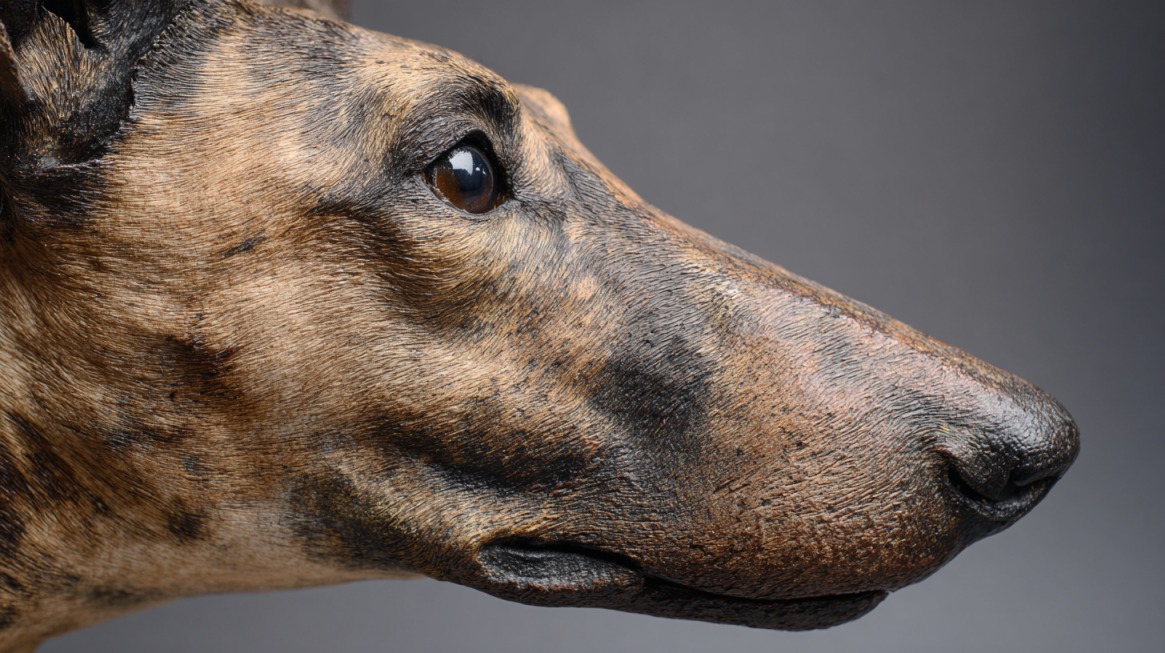
Once a dog shows confidence in basic drills, conditions should gradually become more challenging.
Realism prepares the dog for unpredictable environments encountered in hunting fields or competitions.
Hiding the Odor
Visible scent sources are too easy, so hiding the odor becomes the next step. Dogs must rely entirely on their nose instead of visual cues.
Having another person place the scent prevents the dog from reading handler signals, increasing independence.
- Conceal scent in elevated spots, under objects, or behind barriers
- Rotate hiding locations frequently
- Allow others to place scents to reduce handler bias
Changing Environments
Varied environments strengthen adaptability.
- Shifting winds
- Grass
- Dirt
- Uneven terrain
Dogs must learn to perform consistently in different settings.
- Indoor controlled spaces
- Backyards or small fields
- Parks and wooded trails
- Open hunting fields with natural variables
Adding Obstacles and Distractions
Life rarely provides perfect conditions. Introducing distractions helps dogs build resilience and problem-solving skills. Urban areas bring noise, vehicles, and foot traffic, while natural settings add wildlife activity and unpredictable wind patterns.
Training under such conditions develops composure and determination, creating a polished, field-ready scent dog.
Moving Toward Competitive or Professional Scent Work
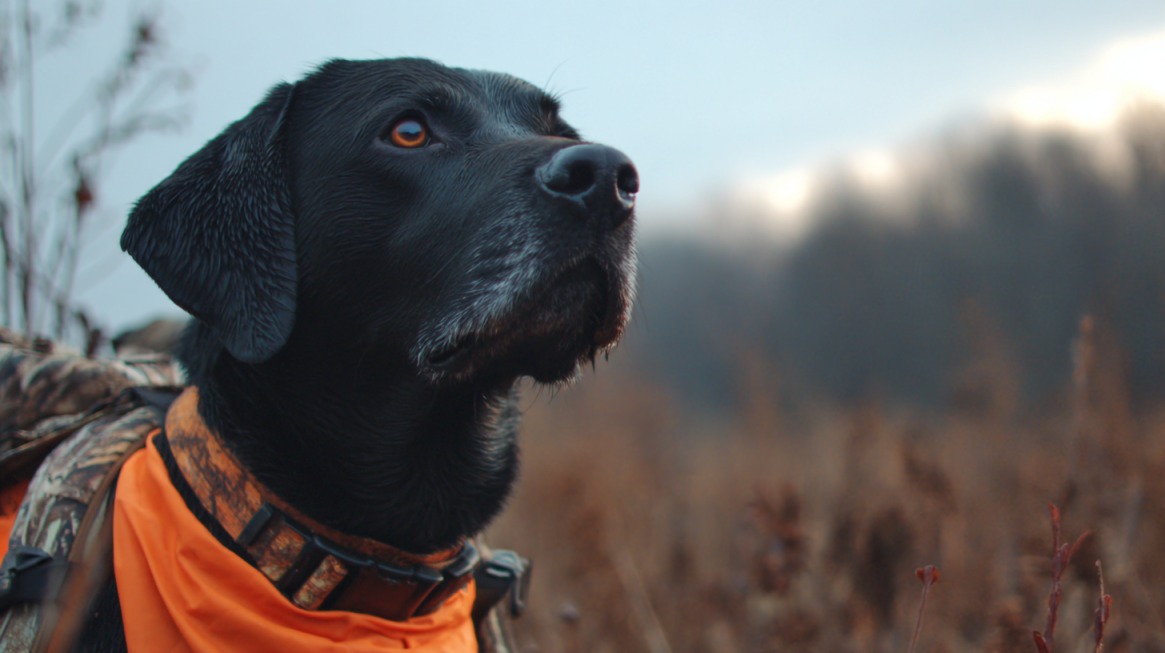
Competitive scent sports provide structure and measurable progress for both dogs and handlers. Events like Barn Hunt, AKC Scent Work, and tracking trials simulate real-world challenges while allowing teams to test their skills under pressure.
- Barn Hunt: quarry detection in hay bales
- AKC Scent Work: structured detection trials with multiple odors
- Tracking Trials: simulated search missions across outdoor terrain
Building a training schedule ensures steady progress. Short, consistent sessions work better than long, exhausting ones. A few focused minutes several times a week keeps motivation high while preventing burnout.
- Keep sessions between 10–15 minutes
- Train multiple times per week instead of one long session
- Log progress after each session
- Adjust difficulty as the dog improves
Dogs that progress into competitive or professional scent work often display enthusiasm, accuracy, and discipline unmatched by casual training. Handlers who commit to consistency witness their dogs develop not only skill but also a stronger working bond.
Summary
Scent conditioning transforms a dog’s natural instincts into refined skills, building an unshakable bond between handler and canine.
Handlers who commit to regular training witness not only improved performance but also stronger companionship. Scent conditioning work becomes more than a skill; it evolves into a lifestyle of growth, enrichment, and shared success between dog and human.

